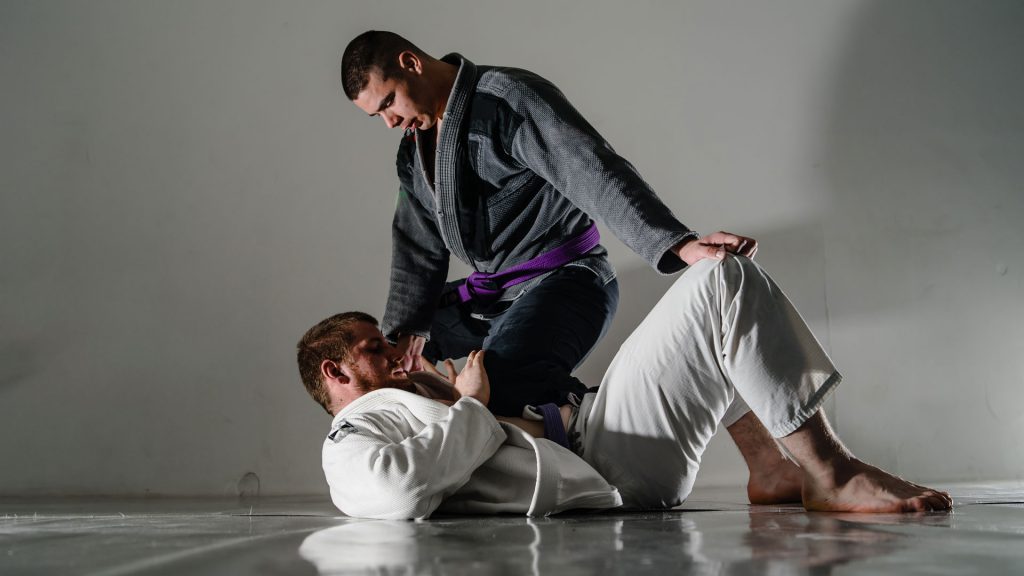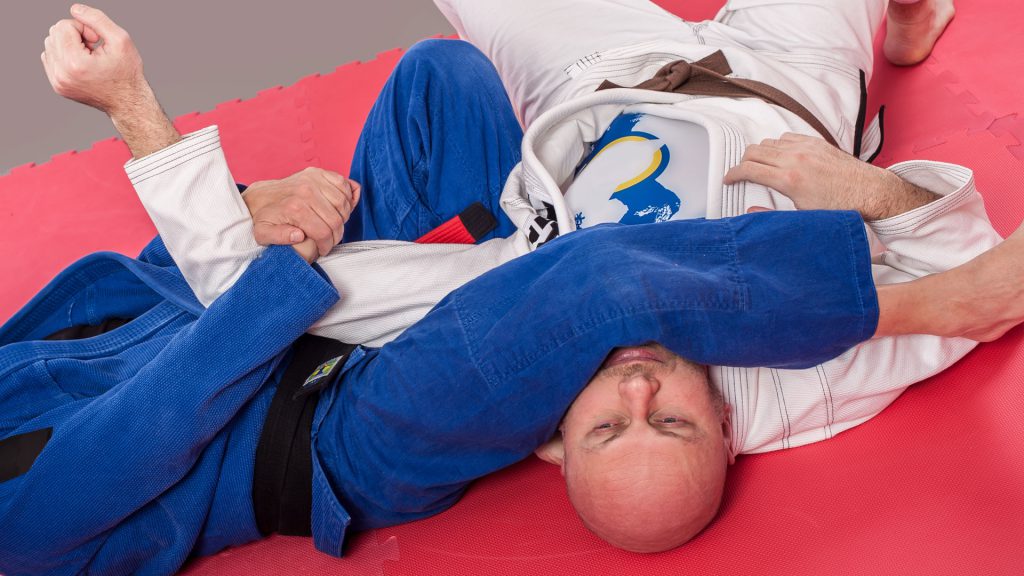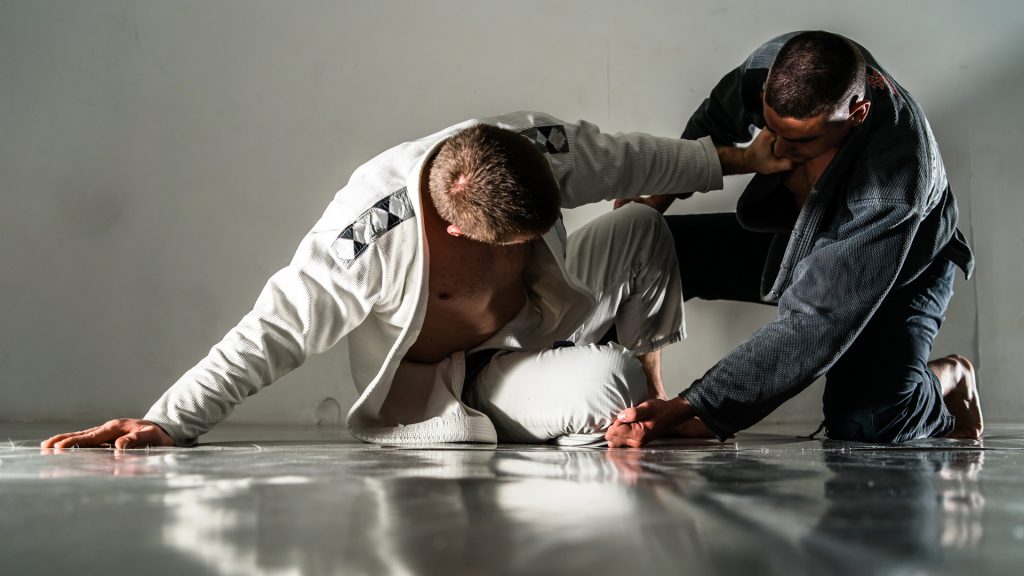First and most importantly BJJ is a no striking based art and naturally this will bring the injury count to much lower than striking based arts like Boxing or Kickboxing. Injury rate is mentioned to be somewhere around 10-40 athletes out of 1000 who’ve been exposed to BJJ. Which is the lowest statistic in martial arts. And also same same as competition level soccer player whose game injury rate is about–17 per 1000 exposures.

However as it’s still a martial-art and there are few things to note when practicing Jiu-Jitsu or thinking about starting your first BJJ class. More on the topic of first BJJ class here. Below my thoughts and experiences on safety in Jiu-Jitsu. Also some sparring tips for beginners can be found here.
BJJ Is The Safest Sport If You Let it Be
As you’ve probably heard the term or rather an idea about how Jiu-Jitsu will make you humble. This notion is also closely tied to not getting injured in Jiu-Jitsu. However, that said, it’s probably the safest sport to be involved with, even if you thinking about taking up BJJ in your 40’s. And also a good way getting into shape and getting some positive energy.
Most of the beginner white belt level injuries I came across occurred due to tapping too late or thinking that I will just “tough it out” and see what happens. We’ll what happened was that I had a sore neck, hurting elbows or some other form of bruise, which become apparent only the day after.
Don’t Use Strength Getting Out Of Unfamiliar Positions!
This of course did not stop me from trying the same thing over and over in next Jiu-Jitsu sessions. Where I *progressed to thinking that it’s maybe a good idea to use my strength and twist myself out of a black belt guard. Again, to no avail and only more injuries–An abdominal muscle strain, caused by twisting myself in a somewhat unusual angle.

The last described *move was actually a cause to my growing list of layoffs. Hence if you’re reading this, I urge you not to make the same mistakes and just tap or at the very least don’t use strength in unfamiliar situations. Even if it might seem that it’s a viable option–trust me, it’s not worth it. The strength is not your friend when in unfamiliar BJJ territory.
Fun Humbling Experience
While this is probably the most embarrassing injuries during my Jiu-Jitsu journey, it needs to be noted here. Short backstory to this fiasco and as I also mention here on my about page–I discovered Jiu-Jitsu after a list of other martial arts. Some with grappling and others not so much, such as Hokutoryu Ju-Jutsu. Where we scrambled on the ground after each session without no real direction from the Sensei as it was mainly for physical purposes I believe.
Tapping On Time Is Your Best Friend
So me, in my infinite wisdom thought that after a few years of roughing guys on the ground with imaginary YouTube techniques and pure force, I will now go and sign up to a real Jiu-Jitsu class. And to avoid the beginners course, I will ask to be thrown into their advanced competition level class right away. More on the topic of competition here.

Long story short, Professor wanted to test me before allowing me into their advanced BJJ class. I was matched up with a low level blue belt I think, who was told to bring his A game. Needless to say, how that endeavour ended.
I was way too over confident and didn’t even realize it was time to tap before it was too late and well … yeah. You cannot learn armbar escape from YouTube and expect it to work in real life. Lesson learned. Humbled, I signed up to the beginners course next day. More on beginners classes here.
Let Go Of Grips. Be Playful & Save Your Fingers!
As with previously mentioned strength, this one is in the same category. If you want to avoid sore fingers and mild arthritis later in your BJJ career, start practicing letting go of grips when it starts to hurt. There becomes a line where this kind of holding on is not warranted. In most cases if you get to a stale mate position, it’s pointless to cling on to the opponents collar or pants. Rather be more playful and find a new position. It’s of course easier said than done. As you might feel like you will lose the position but just keep in mind–you will be sore the next day. And if clinging on for too long becomes a habit, the infamous BJJ fingers are on the menu for you!

In conclusion
While my Jiu-Jitsu journey has been a rocky one due to these small mishaps and moving between different countries. The reality is that BJJ has been one of the safest sports. And I mean sports in general, not just martial arts I’ve come across. I’ve most likely been hurt more times playing soccer than on the Jiu-Jitsu mats. So if you’re just starting out, there are probably a myriad of other pointers to give you, but these two; don’t tap too late and don’t use strength have proven themselves as valuable lessons over and over again.